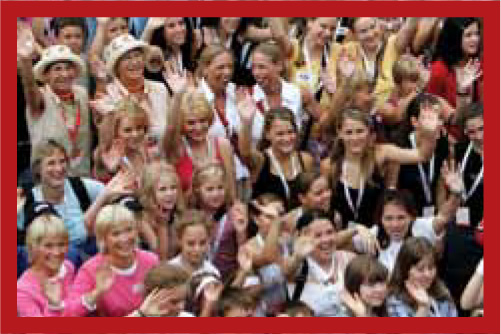CONTENTS
|
Family resemblance: how traits are inherited |
|
|
Why do offspring resemble their parents? 278 |
|
|
7.1 |
Family resemblance: your father and mother each contribute to your genetic makeup. 278 |
|
7.2 |
Some traits are controlled by a single gene. 280 |
|
7.3 |
Mendel learned about heredity by conducting experiments. 282 |
|
7.4 |
Segregation: you’ve got two copies of each gene but put only one copy in each sperm or egg. 284 |
|
7.5 |
Observing an individual’s phenotype is not sufficient for determining its genotype. 286 |
|
Probability and chance play central roles in genetics. 288 |
|
|
7.6 |
Chance is important in genetics. 288 |
|
7.7 |
A test- |
|
7.8 |
We use pedigrees to decipher and predict the inheritance patterns of genes. 291 |
|
How are genotypes translated into phenotypes? 293 |
|
|
7.9 |
Incomplete dominance and codominance: the effects of both alleles in a genotype can show up in the phenotype. 293 |
|
7.10 |
What’s your blood type? Some genes have more than two alleles. 295 |
|
7.11 |
Multigene traits: how are continuously varying traits such as height influenced by genes? 297 |
|
7.12 |
Sometimes one gene influences multiple traits. 298 |
|
7.13 |
Why are more men than women color- |
|
7.14 |
This is how we do it: What is the cause of male- |
|
7.15 |
Environmental effects: identical twins are not identical. 302 |
|
Some genes are linked together. 304 |
|
|
7.16 |
Most traits are passed on as independent features: Mendel’s law of independent assortment. 304 |
|
7.17 |
Red hair and freckles: genes on the same chromosome are sometimes inherited together. 306 |
|
Can a gene nudge us toward novelty- |
|
XI
 7 • Genes and Inheritance 277
7 • Genes and Inheritance 277 StreetBIO: KNOWLEDGE YOU CAN USE
StreetBIO: KNOWLEDGE YOU CAN USE